http://www.wildbirdseeds.co.uk/lincs/index.php/whats-that-bird-mainmenu-7/31-starling#sigProId2000bba94f
Identification
Starlings have mainly black bodies and yellow bills like Blackbirds but they are smaller and fatter with more pointed heads and longer, more pointed wings. Their plumage is always speckled although in summer the markings on the breast are replaced by iridescent tones of green and blue. Juveniles start off as plain brown with a black bill and characteristic shape.
Habitat
Breeds in towns, woods, parks, and on farms. Winters in cities, gardens and farmland.
Behaviour
Starlings in winter gather in spectacular communal roosts which may hold thousands or even millions of birds. In Britain these roosts were often in the centre of cities where they made a wonderful sight, a deafening sound and a disgusting carpet of droppings. Local authorities tried all sorts of measures to remedy this problem but, before a solution was found, the Starlings became much less numerous and the problem eased. Starlings are responsible for the pale blue eggs which sometimes appear in the middle of lawns in summer. Basically the female lays as many eggs as she can, but if the food supply doesn't seem promising then it wouldn't be sensible to try to rear too many young. The Starlings therefore deliberately jettison one or more of the eggs before they hatch.
Migration
Northern and eastern birds are migratory becoming more resident westwards. Birds in urban areas are more likely to remain in their breeding sites, especially in urban areas, although young birds tend to be dispersive.
For more details click here
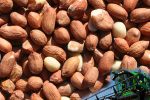
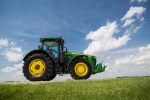
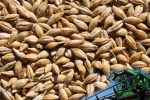
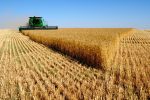
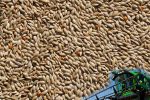

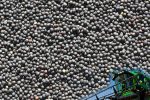
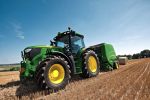

 What you feed is very important, there is a huge range of products you can feed
What you feed is very important, there is a huge range of products you can feed